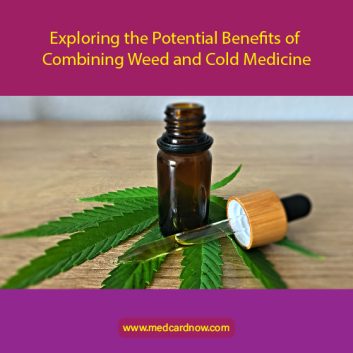
Hemp (Cannabis sativa), otherwise called industrial hemp comes from the same family as cannabis: Cannabaceae. But, in contrast to marijuana, hemp has little amounts of tetrahydrocannabinol (THC) – the psychoactive compound in cannabis, which means it can’t make users high.
Cannabis sativa
Many people consider hemp as a “wonder plant” because it has over 25,000 uses. Hemp can be used as food, fiber, ropes, textiles, paper, building material, and more. All parts of the hemp plant, including the seeds, stem, oil, and leaves, have various uses.
For centuries, hemp growers worldwide would turn the harvests that they planted to enable the soil to regain its nutrients. Nonetheless, due to strong artificial fertilizers, this habit has been replaced by monoculture or cultivating the same, high-quality crop, as time passes. As of late, an ever-increasing number of farmers are turning back to the crop rotation method due to its low ecological effect.
Hemp is a significant plant for crop rotation due to several reasons. Although hemp is a yearly crop, hemp’s roots establish deep down into the soil. This helps to maintain the stability of the soil, decreasing erosion and loosening the soil, enabling more fragile plants to develop. Hemp delivers high amounts of biomass (a matter which returns to the soil and decomposes, bolstering supplements back onto the ground). Consequently, hemp is frequently cultivated in rotation with winter grains, which require top-notch soil.
Another great function of hemp plant is bioremediation or utilizing plants to sterilize soil and water after mechanical contamination or mishaps. Hemp plants can grow in contaminated soil with no negative impacts, drawing the heavy metals and poisons into the plants themselves. Even though research is being conducted to evaluate potential applications for this property, hemp has good potentials in tests in Chernobyl following the atomic catastrophe there in 1986.
Here are some benefits of hemp on soil
Weed control
As a harvest, hemp has, for some time, been utilized in killing intense weeds on the farm. Because of its high planting ability, thick foliage, and stature, this crop has the potential to minimize the pool of weed seeds in the soil. Hemp can also destroy thistles and help to reduce the number of herbicides used on the farm.
Improve nutrient distribution and loosens soil compatibility
A fully-grown hemp plant can achieve a height of about 16ft. (5m) With its primary tap root sinking deeply to 1ft. Therefore, the hemp plant is equipped for drawing supplements covered in the soil and distributing them to nearby crops on the farm, especially when its leaves are shed on the soil. The issue of soil compaction is also handled due to its extensive root system.
Simple to grow hemp
Since hemp doesn’t rely on pesticide applications, it is considered as very economical for farmers. During the drying and curing process, it returns up to 60 percent of the supplements it draws from the soil, and this makes it a natural plant for soil growth. Furthermore, hemp can help during drought-induced periods due to its high protein seed potential.
After learning about the numerous benefits of hemp on soil health, you might be interested in exploring how to incorporate hemp cultivation into your agricultural practices. If you’re considering partnering with hemp growers or venturing into hemp cultivation yourself, our guide on How to find a grower.
Conclusion
In conclusion, hemp stands out not only as a versatile crop but also as a powerful tool for soil revitalization and environmental remediation. Its myriad uses, from food to fiber, underscore its significance in various industries. Moreover, its ability to thrive in diverse conditions and contribute to soil health makes it an attractive option for sustainable farming practices.
As we continue to explore the potential of hemp cultivation, it’s essential to consider its role in crop rotation, weed control, and nutrient distribution. By integrating hemp into agricultural systems, farmers can promote soil health, reduce reliance on synthetic inputs, and contribute to a more sustainable future.



